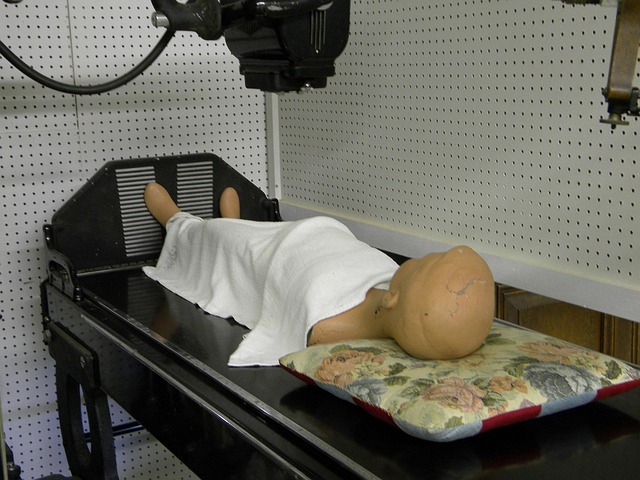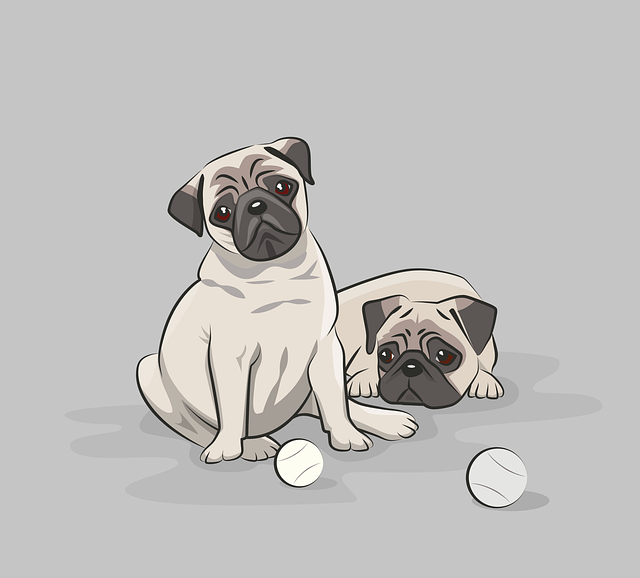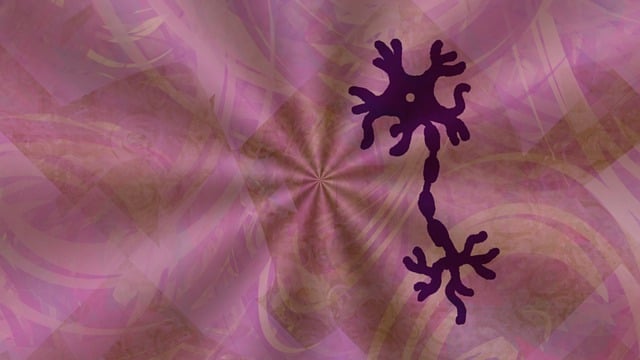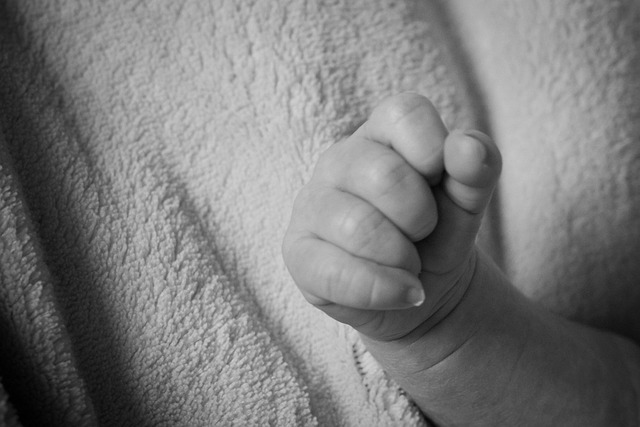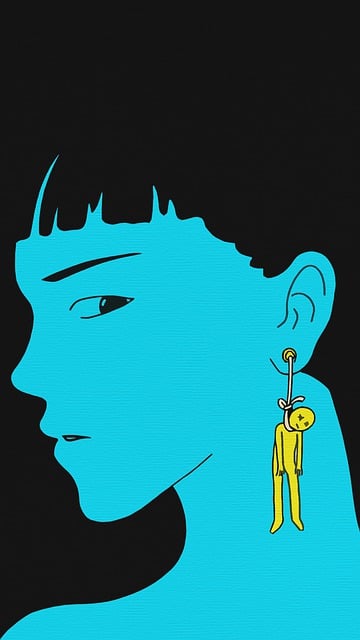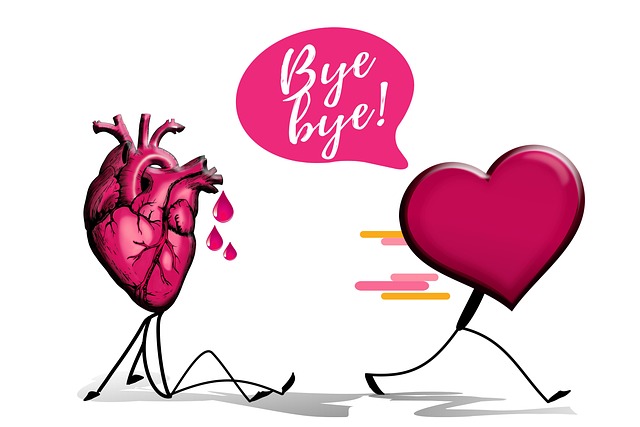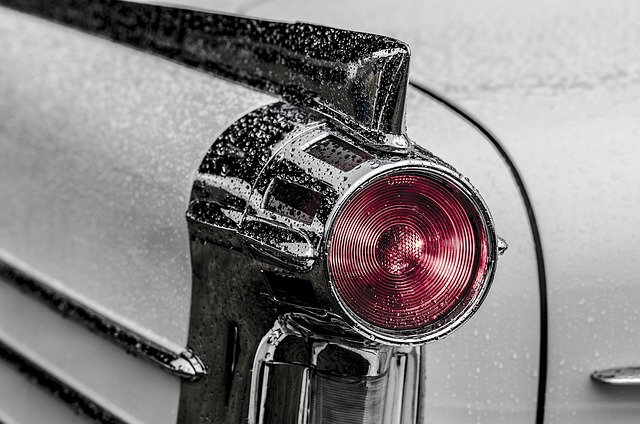Chiropractic care is a safe and effective treatment for upper back tightness caused by rear-end accidents. Chiropractors use specialized techniques, including manual adjustments and joint mobilization, to correct spine misalignments and nerve compression. This non-invasive approach reduces pain, improves mobility, and promotes healing, offering an alternative to surgery or medication. Regular check-ups and self-care practices like good posture and stretching further support recovery. For those seeking relief from accident-related upper back pain, chiropractic care is a recommended option.
Experiencing upper back tightness after a rear-end accident? You’re not alone. Such collisions can lead to various musculoskeletal issues, particularly in the upper spine. This article delves into understanding and managing post-accident upper back pain effectively. We explore the benefits of chiropractic care for alleviating discomfort and preventing future injuries. Additionally, discover practical tips for recovery, ensuring a faster and safer return to normal activities while emphasizing the role of proactive measures in managing and avoiding chronic conditions.
- Understanding Upper Back Tightness After a Rear-End Accident
- The Role of Chiropractic Care in Managing Post-Accident Pain
- Tips for Recovery and Prevention of Future Discomfort
Understanding Upper Back Tightness After a Rear-End Accident

Upper back tightness after a rear-end accident is a common issue that many people experience. When involved in such an incident, the force of the collision can cause muscles, tendons, and ligaments in the upper back to tighten or spasm as a protective response. This sudden contraction can lead to acute pain, discomfort, and limited mobility. Chiropractic care for upper back pain from accidents is often sought after as a non-invasive treatment option. Chiropractors focus on adjusting the spine and joints to reduce tension, improve circulation, and promote healing.
The initial impact of a rear-end collision can disrupt the natural alignment of the spine, leading to misalignments in the upper back. Chiropractic care aims to correct these misalignments, addressing potential nerve compression and reducing the intensity of muscle spasms. By employing various techniques like manual adjustments, soft tissue therapy, and exercises, chiropractors help alleviate upper back tightness, enabling patients to regain their range of motion and overall comfort.
The Role of Chiropractic Care in Managing Post-Accident Pain

Chiropractic care plays a significant role in managing and alleviating upper back tightness that often arises after a rear-end accident. Chiropractors are experts in diagnosing and treating musculoskeletal disorders, including those caused by traumatic events like car accidents. They employ various techniques such as spinal manipulation, joint mobilization, and therapeutic exercises to restore proper alignment and function to the spine, which can significantly reduce upper back pain.
Chiropractic care offers a non-invasive approach to accident-related injuries, making it an attractive option for individuals seeking relief from chronic or acute upper back tightness. By addressing underlying issues in the spine, chiropractors help alleviate pressure and tension, promoting faster healing and improved mobility. This natural healing method can be particularly beneficial for those who prefer alternative treatment options or wish to avoid extensive medication or surgery after a rear-end accident.
Tips for Recovery and Prevention of Future Discomfort

After a rear-end accident, experiencing upper back tightness is common, but there are strategies to aid in recovery and prevent future discomfort. One effective approach is seeking professional chiropractic care. Chiropractors are trained to diagnose and treat musculoskeletal disorders, including those resulting from accidents. They employ various techniques like manual therapy, adjustments, and exercises to alleviate pain, improve mobility, and restore the natural alignment of the spine. Regular chiropractic check-ups can help identify potential issues early on, ensuring proactive prevention.
In addition to professional treatment, several self-care practices contribute to recovery and long-term wellness. Maintaining good posture while sitting and standing helps reduce strain on the upper back. Incorporating stretching exercises that target the upper back, shoulders, and chest into your daily routine can also provide relief and flexibility. Additionally, engaging in low-impact activities like swimming or yoga promotes blood flow and strengthens supporting muscles without putting excessive pressure on the spine.
After a rear-end accident, experiencing upper back tightness is common. This article has explored the causes and offered solutions like chiropractic care, proven effective in managing post-accident pain. By combining this alternative treatment with practical recovery tips, individuals can alleviate discomfort and prevent future occurrences. For those seeking relief from upper back pain stemming from accidents, considering chiropractic care for a holistic approach to healing is recommended.
